

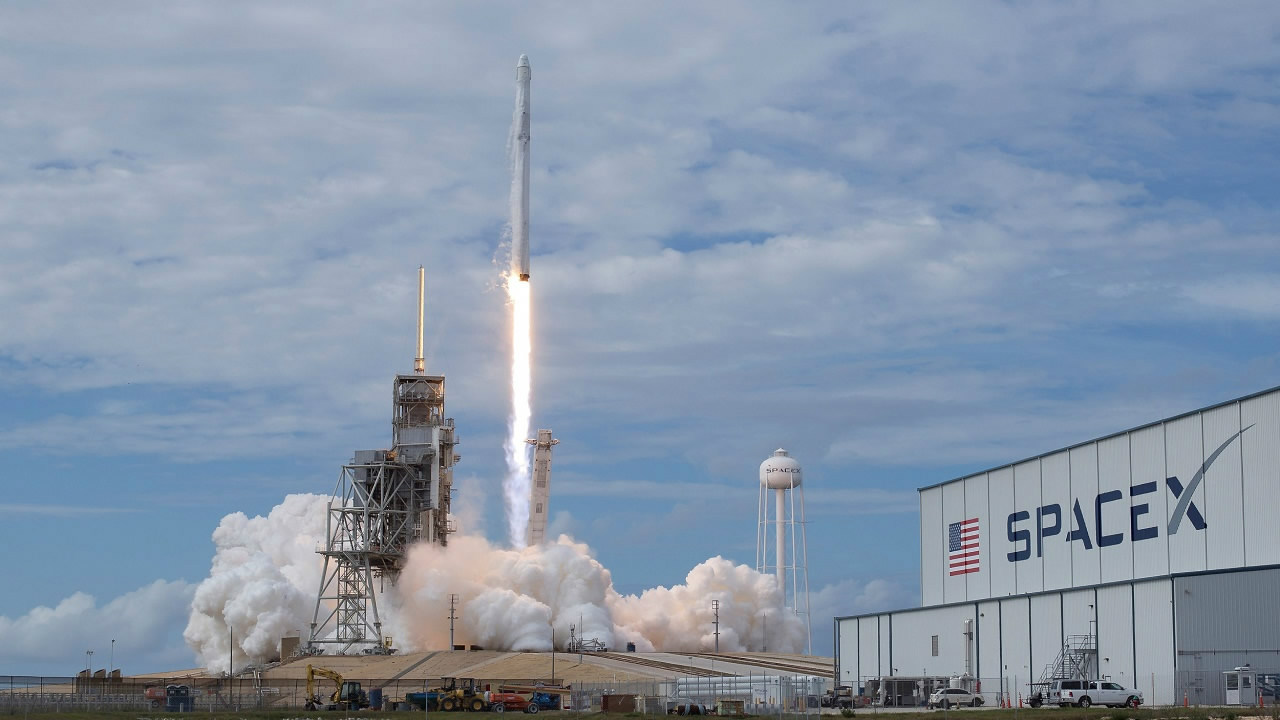
(Photo by CGTN)
With the return of SpaceX’s Dragon cargo spacecraft to the Earth from the International Space Station on July 3, the first ever Chinese experiment to be taken to the ISS completed its journey to the orbiting laboratory.
The automated spacecraft splashed down in the Pacific Ocean at 8:12 a.m. EDT (1212 GMT) about five hours after leaving the space station. The landing marked SpaceX's 11th contracted cargo resupply mission for the US space agency NASA.

SpaceX confirms Dragon's landing on Monday. /SpaceX Twitter Screenshot
The California-based company confirmed Dragon's successful landing via Twitter: "Good splashdown of Dragon confirmed – completing first re-flight of a commercial spacecraft to and from the @Space_Station."
As the only space station resupply spacecraft capable of returning a significant amount of cargo to the Earth, Dragon brought back more than 1,860 kilograms of cargo, including science samples from human and animal research, biotechnology studies, physical science investigations and education activities.
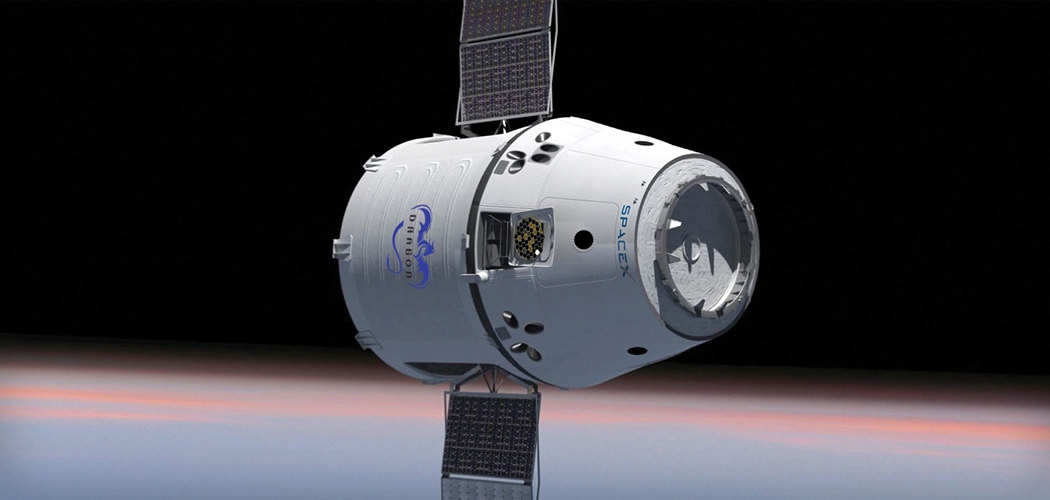
SpaceX’s Dragon cargo spacecraft. /SpaceX Photo
One of the science samples was the first-ever Chinese experiment brought to the space station, under an agreement with Houston-based NanoRacks reached in 2015, which offers services for the commercial utilization of the orbiting laboratory.
The experiment from the Beijing Institute of Technology was aimed at studying the effects of the space radiation environment on DNA and the changes in mutation rates. “Everything went according to our plan. All the data sent back looks good," Professor Deng Yulin, who led the Chinese experiment, told Xinhua by phone from Beijing.
A ceremony to transfer the experiment between NanoRacks and Deng’s team is planned for Friday in Florida.
The Chinese research involves no technology transfer between NASA and China, which is banned by a US bill introduced in 2011 by Republican Frank Wolf.
The spacecraft rocketed to the space station from Florida on June 3, with Deng's experiment and other supplies and arriving there two days later. It was released from the space station's robotic arm on early Monday morning.
(Source: Xinhua)

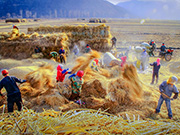 Award-winning photos show poverty reduction achievements in NE China's Jilin province
Award-winning photos show poverty reduction achievements in NE China's Jilin province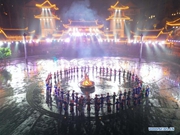 People dance to greet advent of New Year in Ameiqituo Town, Guizhou
People dance to greet advent of New Year in Ameiqituo Town, Guizhou Fire brigade in Shanghai holds group wedding
Fire brigade in Shanghai holds group wedding Tourists enjoy ice sculptures in Datan Town, north China
Tourists enjoy ice sculptures in Datan Town, north China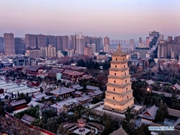 Sunset scenery of Dayan Pagoda in Xi'an
Sunset scenery of Dayan Pagoda in Xi'an Tourists have fun at scenic spot in Nanlong Town, NW China
Tourists have fun at scenic spot in Nanlong Town, NW China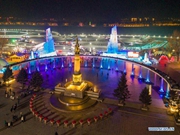 Harbin attracts tourists by making best use of ice in winter
Harbin attracts tourists by making best use of ice in winter In pics: FIS Alpine Ski Women's World Cup Slalom
In pics: FIS Alpine Ski Women's World Cup Slalom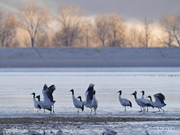 Black-necked cranes rest at reservoir in Lhunzhub County, Lhasa
Black-necked cranes rest at reservoir in Lhunzhub County, Lhasa China's FAST telescope will be available to foreign scientists in April
China's FAST telescope will be available to foreign scientists in April